Frescoes of the Chapel of Eleanor of Toledo in Palazzo Vecchio in Florence, ceiling painting, in the center: Trinity, on the right: Stigmatization of St. Francis, left: St. John the
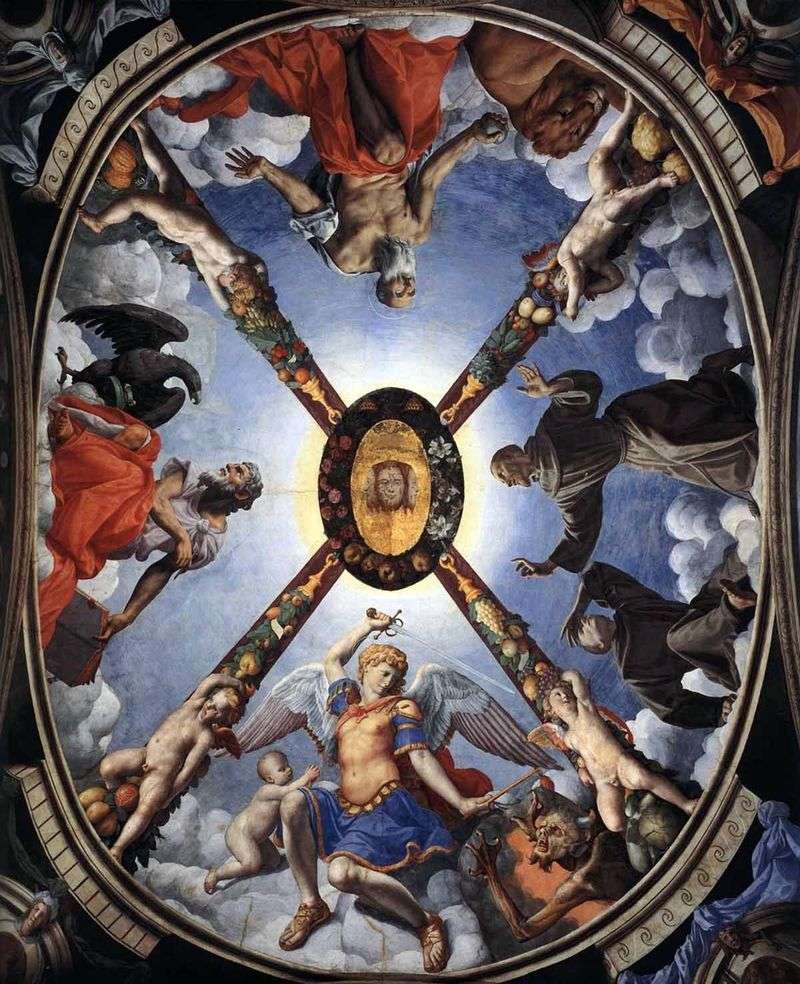

Frescoes of the Chapel of Eleanor of Toledo in Palazzo Vecchio in Florence, ceiling painting, in the center: Trinity, on the right: Stigmatization of St. Francis, left: St. John the
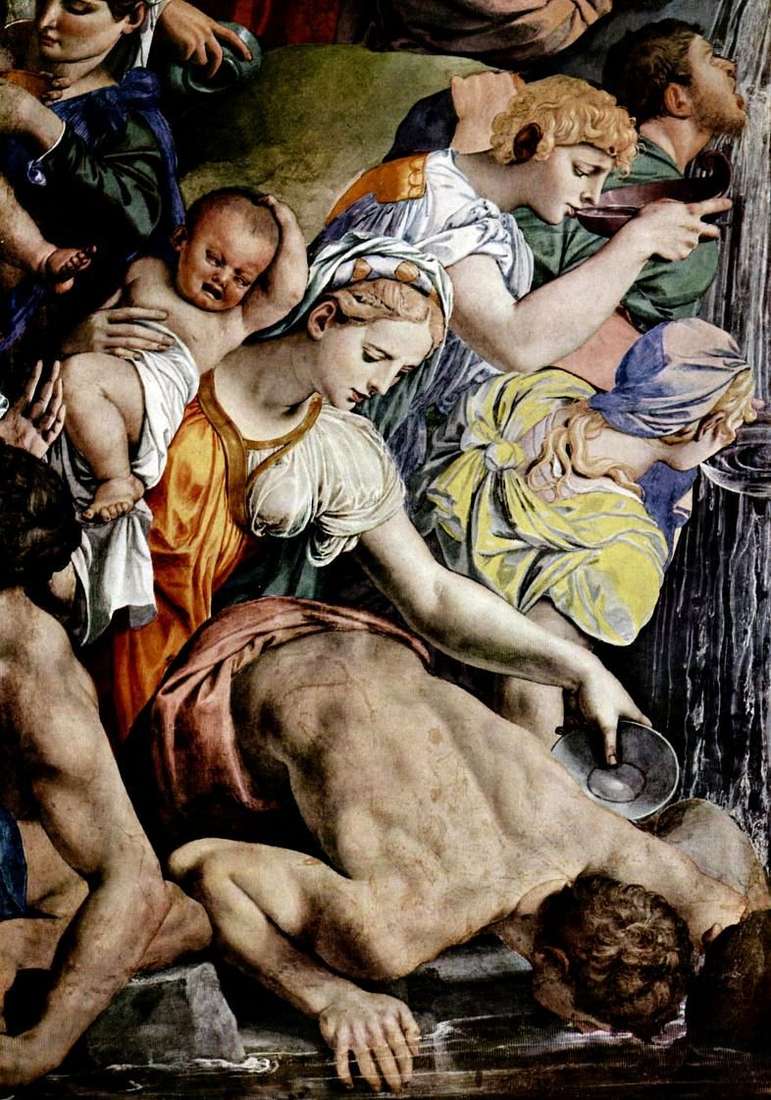
Angelo Bronzino “Moses cuts the water out of the rock.” Fresco of the Eleonora of Toledo Chapel in the Palazzo Vecchio in Florence, left wall, size 320 x 385 cm,

The customer: Bartolomeo Panchiatiki, a pair picture of his wife Lucretia to the portrait of Bartolomeo himself, also located in Florence. The formation of the painting of mature Mannerism is

Painting Angelo Bronzino “Allegory of Happiness”. The size of the picture is 40 x 30 cm, wood, oil. The allegorical language of art reveals the artist’s versatility of such a
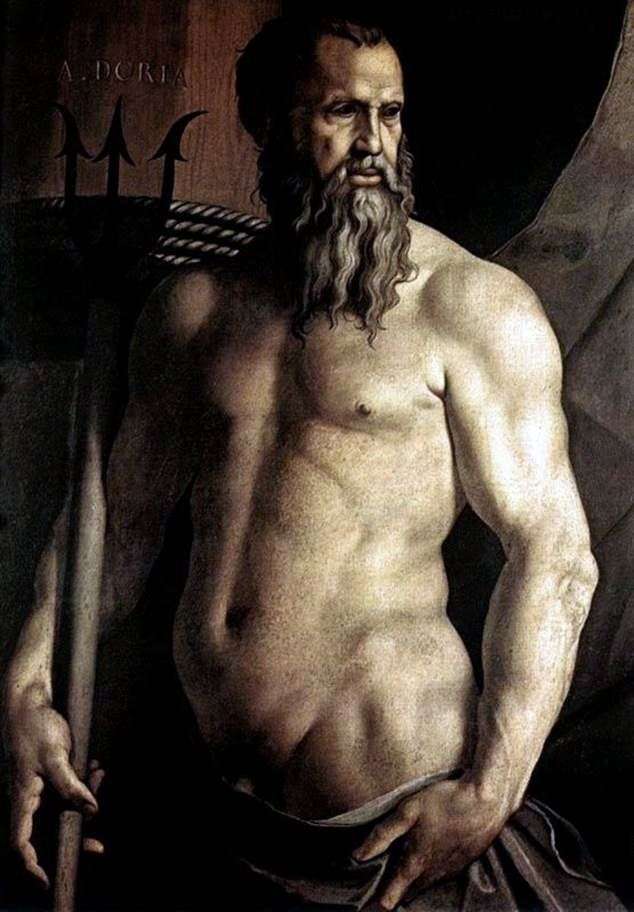
Painting by Angelo Bronzino “Portrait of Andrea Doria as Neptune”. The size of the painting is 115 x 53 cm, canvas, oil. Like an ancient sculpture of the terrible lord

Bronzino was an excellent draftsman, although, apparently, he did not devote too much time to drawing – only about fifty of his works were performed in this genre. These are
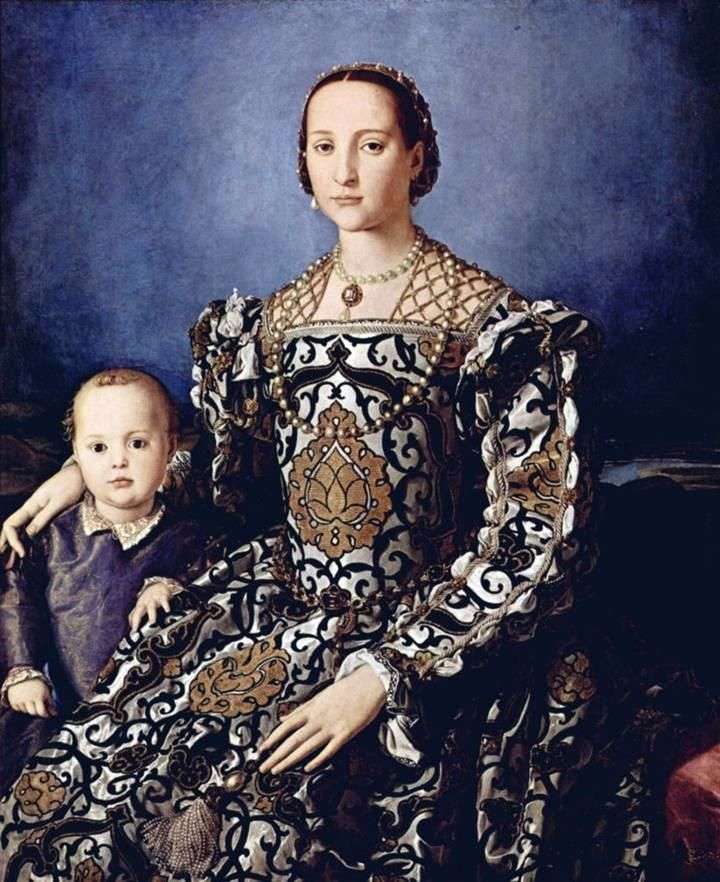
Agnolo Bronzino was a representative of Mannerism, a picturesque trend that arose in the bowels of the High Renaissance that was setting to decline. Mannerism put art above nature, hence
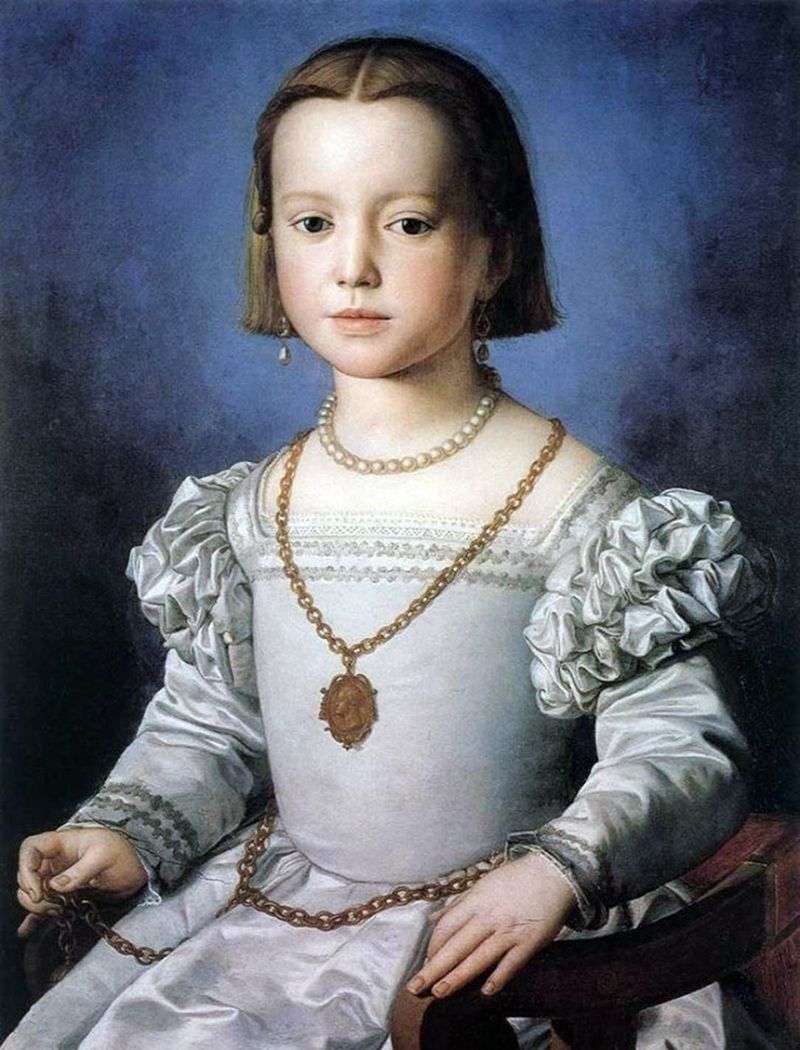
Painting by Angelo Bronzino “Portrait of Bia Medici, daughter of Cosimo I”. The size of the painting is 59 x 45 cm, wood, tempera. The fortieth years of the 16th
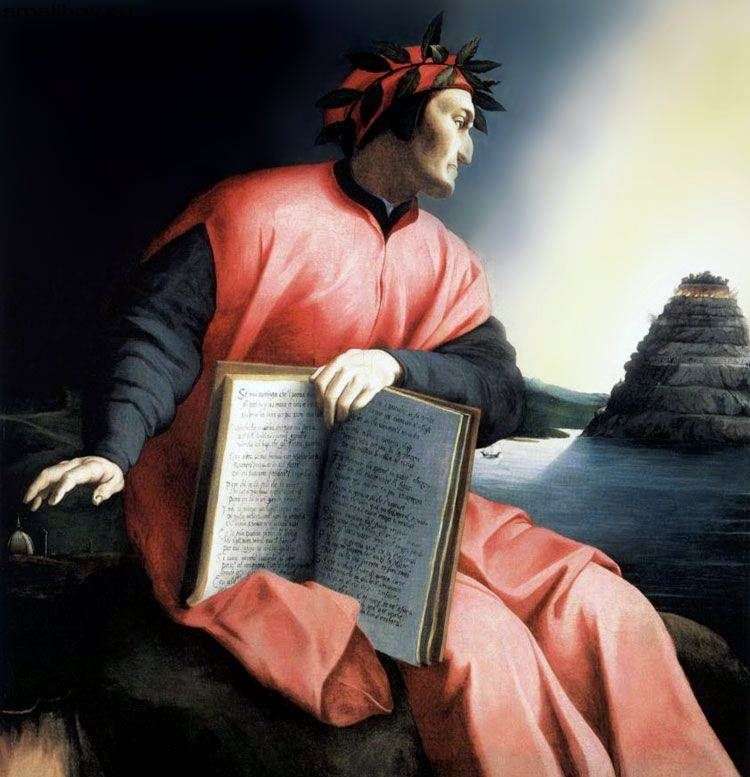
Painting by Angelo Bronzino “Portrait of Dante”. The size of the painting is 127 x 120 cm, wood, oil. Allegorical portrait of Dante written many years after his death and
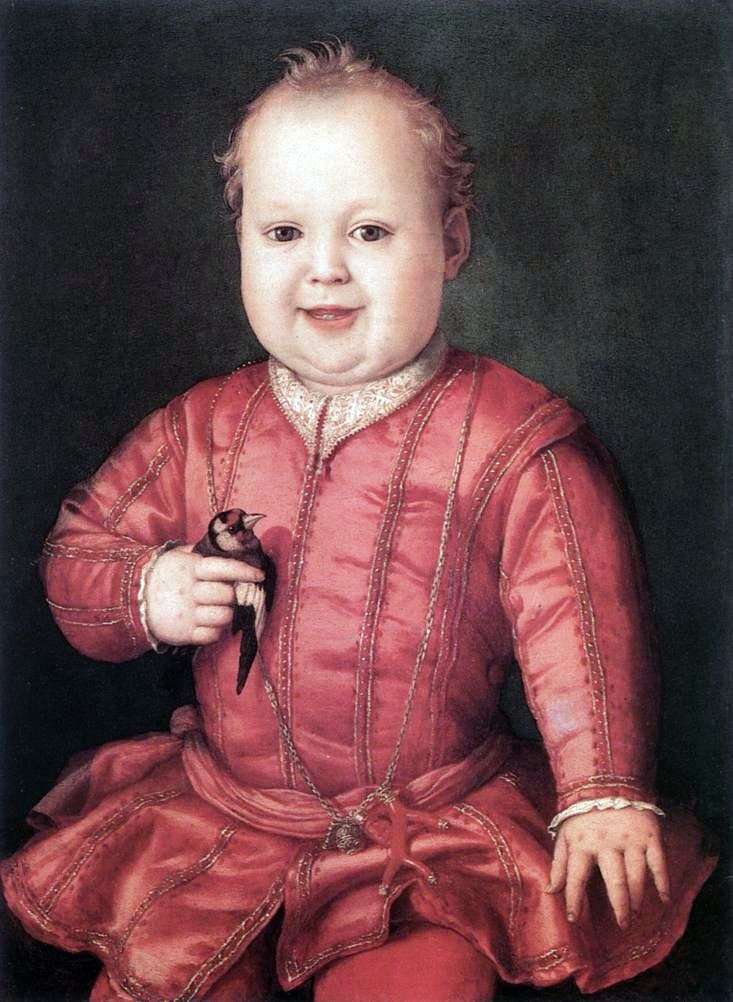
Bronzino belonged to the Medici family with almost adoration. In a letter dated 1551, he calls Cosimo de ‘Medici “the best ruler the world knew,” his wife, Eleanor of Toledo,
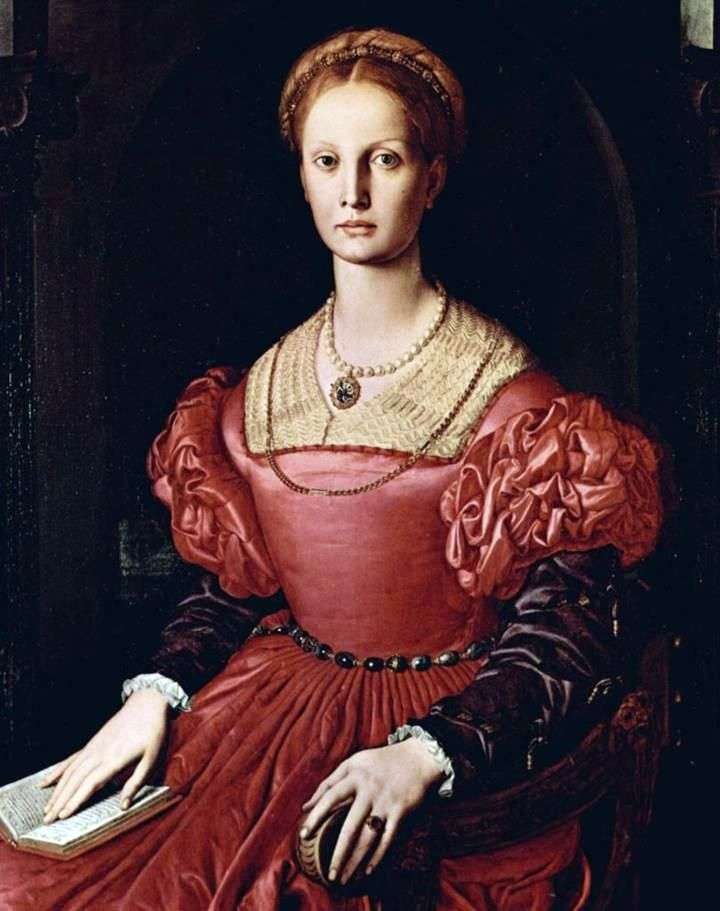
This portrait of Bronzino was written simultaneously with the portrait of Bartolomee Panchatiki. Notice that Lucrezia Panchatiki is holding an open book in her lap. The book is also present

This painting was the first large altarpiece written by Bronzino. The image was ordered by the artist to the family of Guadagna for their family chapel in the church of
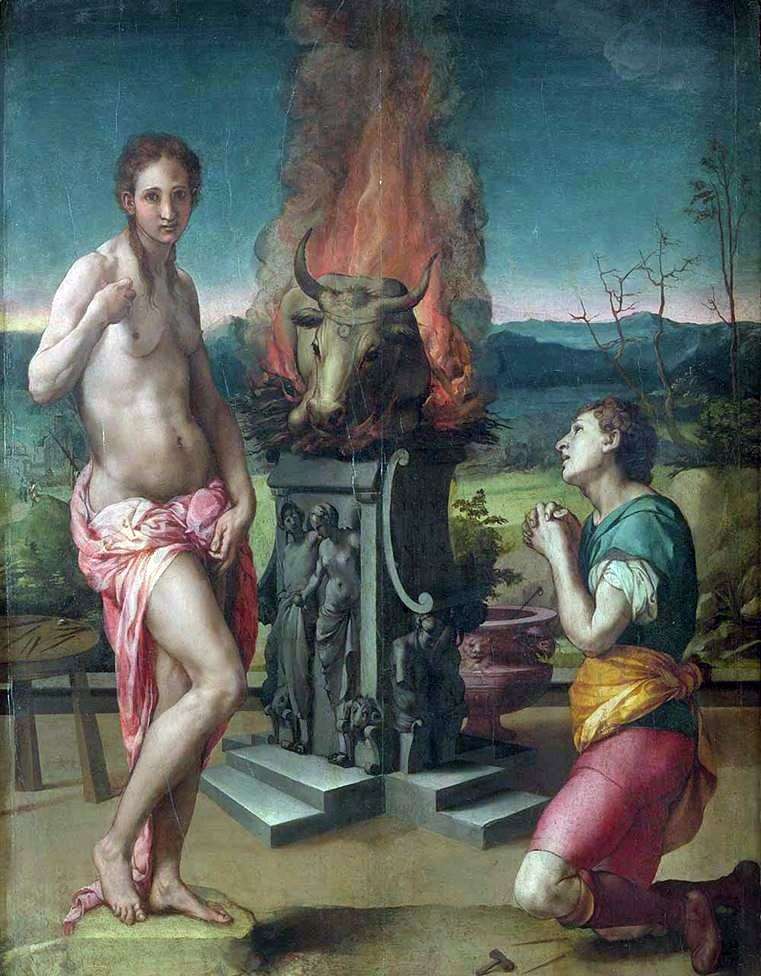
The most large-scale secular works of Bronzino were not preserved. However, we know of a number of his small secular compositions, which form a very interesting branch in the artist’s
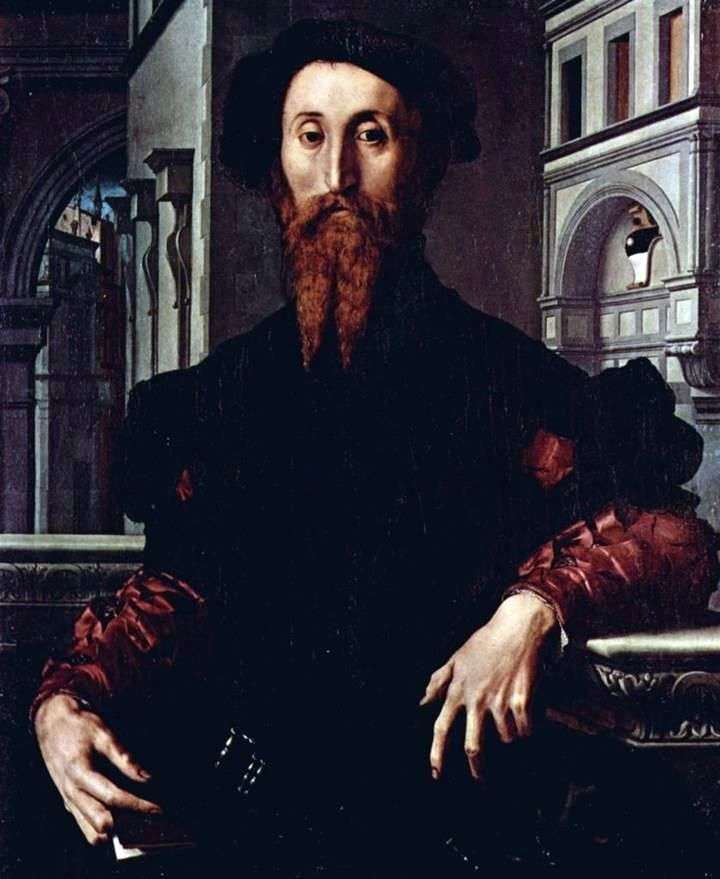
Bartolomeo Panchatiki was a writer and diplomat. His fate is full of unexpected turns and bright events. In the forties of the XVI century he was in France. There he
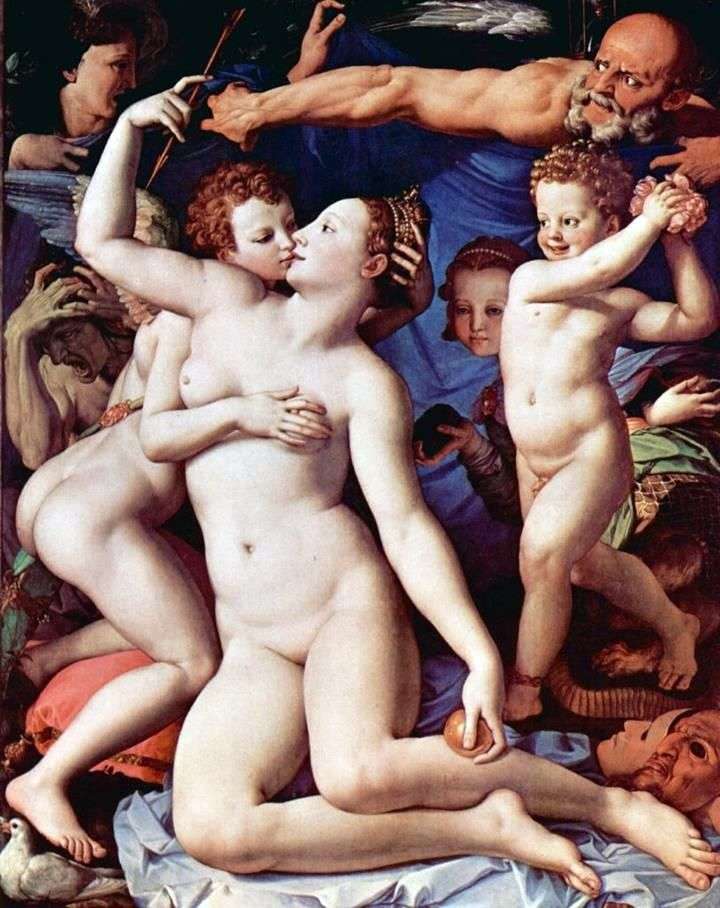
On the canvas there are different faces of love. Arrow and apple in the hands of Venus symbolize respectively love voluptuous and dangerous. Cupid, spilling roses, promises the joy of

Painting Angelo Bronzino “Portrait of Laura Battifery.” The size of the picture is 83 x 60 cm, wood, oil. From the brilliant series of aristocratic portraits created by the Italian

Angelo Bronzino “Garland with Angels”. The fresco of the Eleonora of Toledo Chapel in the Palazzo Vecchio in Florence, an ornament on the ceiling, the size of 185 x 152
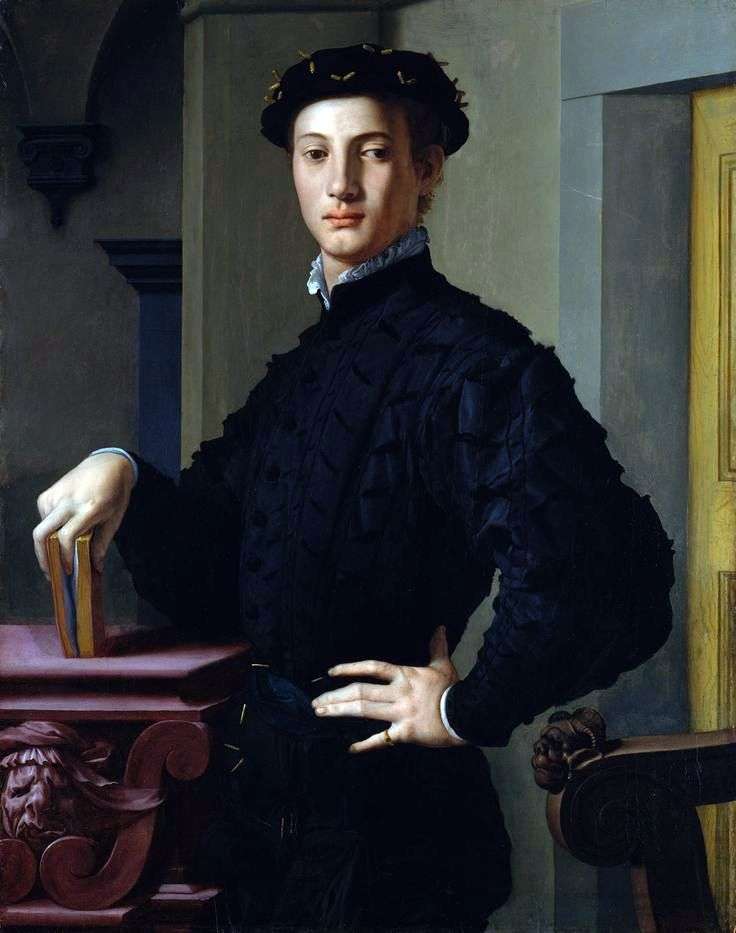
The representative of Mannerism, the court portraitist of the dukes of the Medici, Agnolo Bronzino, apparently depicted in the picture of the Urbino Duke Guididoaldo II or one of the
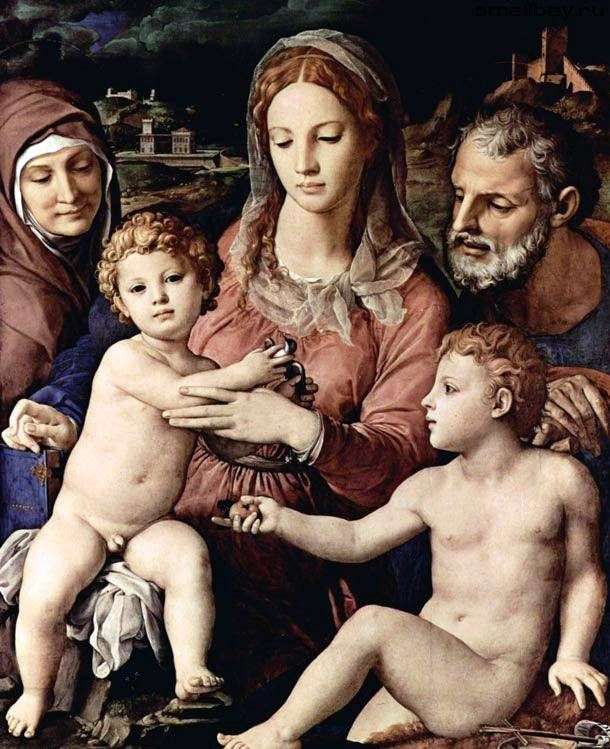
Painting by Angelo Bronzino “Holy Family with Saint Anne and John the Baptist”. The size of the picture is 124.5 x 99.5 cm, wood, oil. In an effort to subordinate
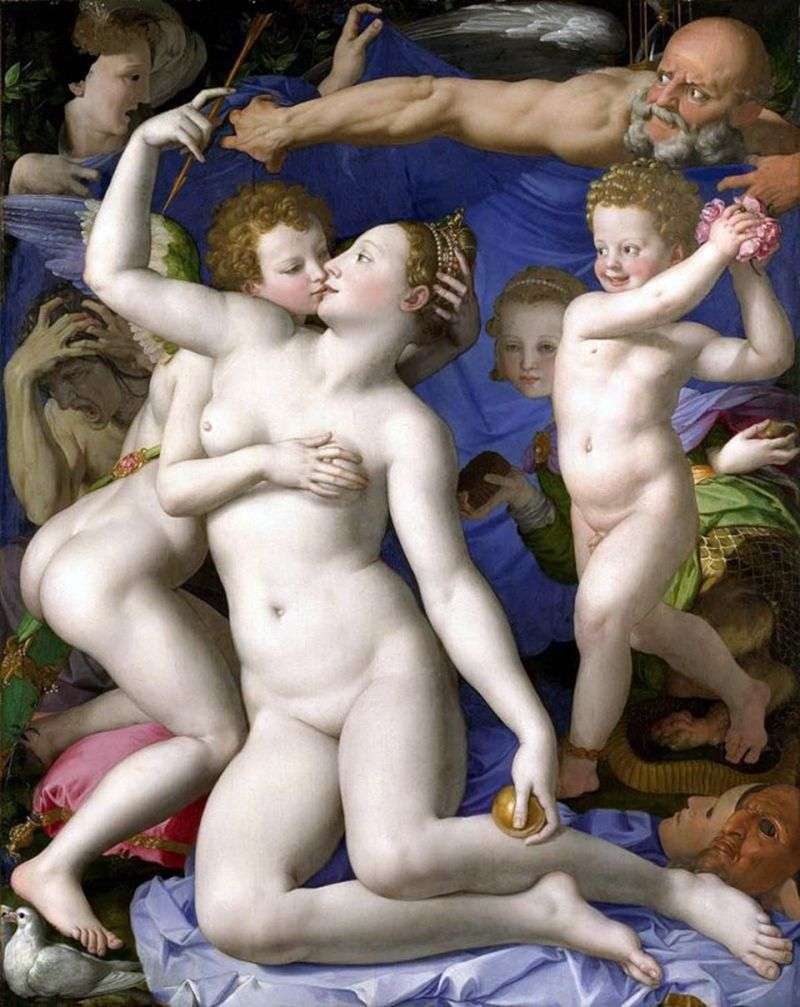
This allegory was ordered by the artist Duke Cosimo I of the Medici, who intended it as a gift to the French King Francis I. The symbolism of this sensual
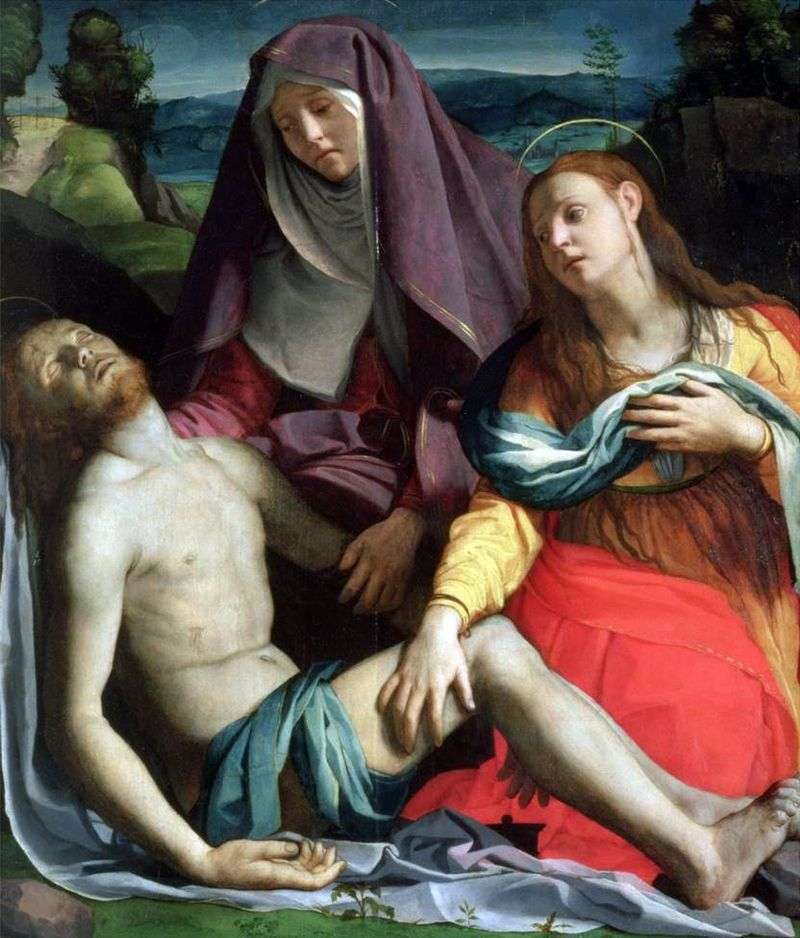
In his early work, Bronzino interprets the theme of Christ’s death not as boldly as he did afterwards. The faces of Marci Magdalene and the Mother of God are not